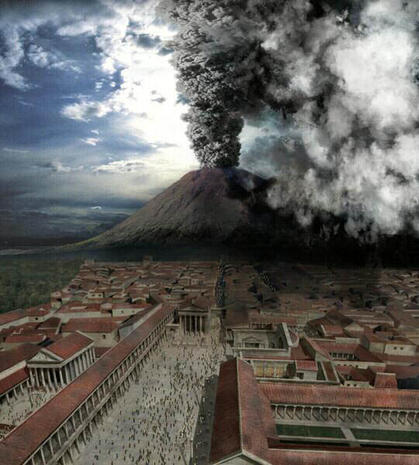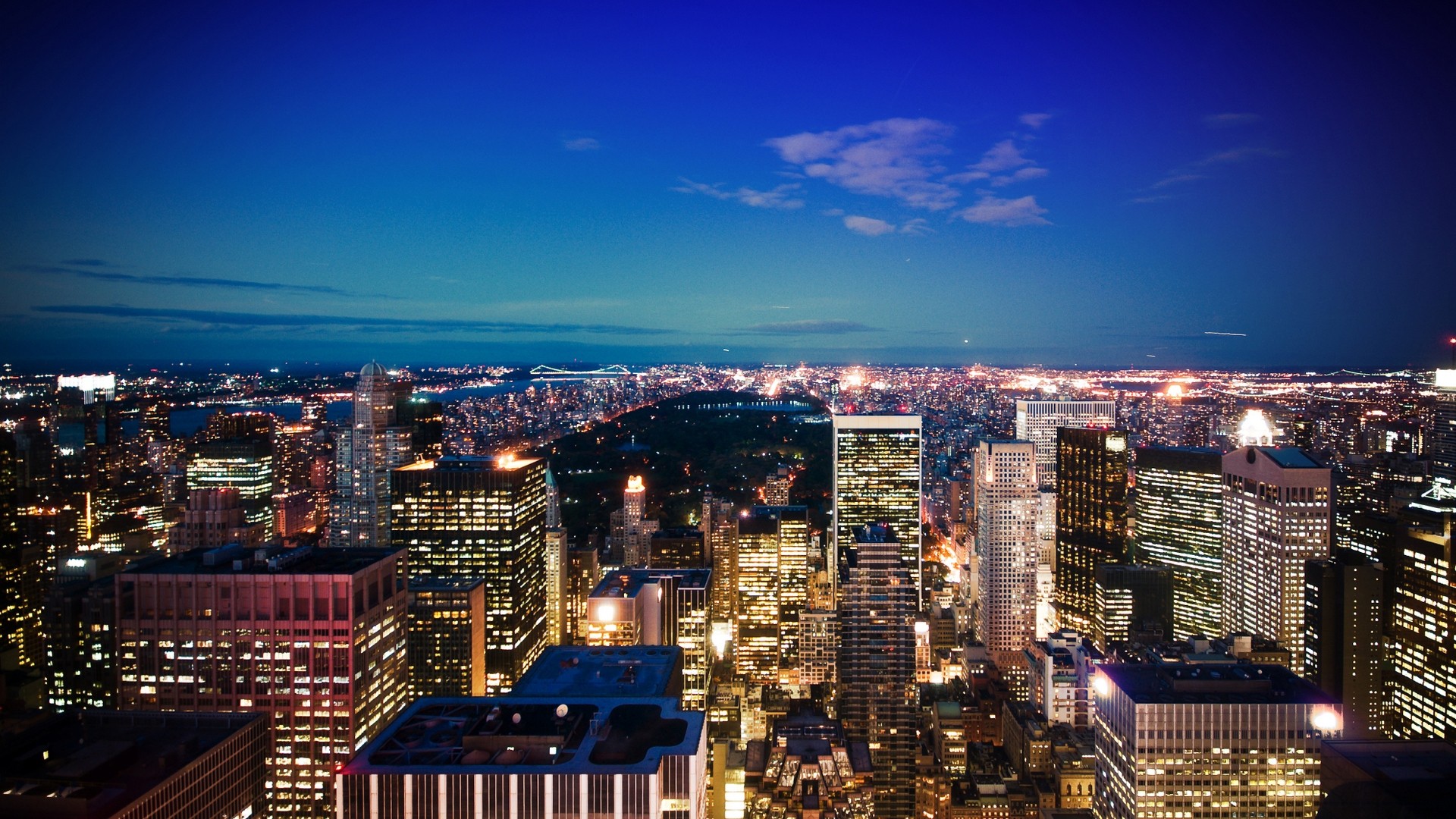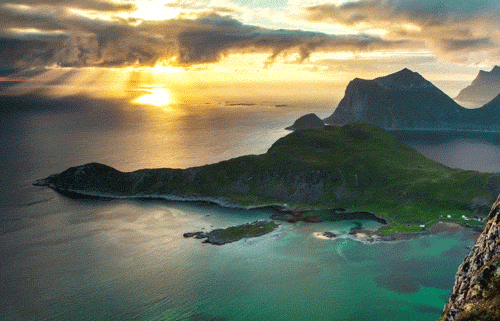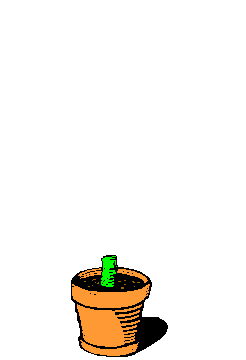EXPERIMENT TIME!! (OPTIONAL).
Plant growth and soil.
Here you have an optional experiment about plant growth and soil. Enjoy and learn!!!
Aquí tienes un experimento opcional acerca del crecimiento de las plantas y la tierra. ¡Disfruta y aprende! NO OLVIDES QUE ES OPCIONAL. SI LO HACES TE ACERCARÁS MÁS AL MUNDO DE LOS CIENTÍFICOS Y LA EXPERIMENTACIÓN. Subiré vuestros resultados en el blog.
 |
| Sheet |
Video about the experiment.
Script of the video
Hi, I’m Matthew! Today on Experiment Time, we’re going to do a really cool experiment.
Can
plants grow without soil? Let’s find out.
What we need is: 4 pots with labels… one, two, three and…that right four! some seeds, I got
cress seeds because they grow super-fast, some soil, some sand, some cotton wool, some
water. Oh I almost forgot, very important, a table where we can write our results. OK, now we
have everything.
First, we’re going to put soil in pot 1.
Then, we’re going to put sand in pot 2.
Then, we’re going to put cotton wool in pot 3.
What do you thing we are going to put in pot 4? Nothing. Ah
OK, now we’re going to plant the seeds. Remember to put the same number of seeds in each
pot.
OK, now we’re going to water the plants everyday for two weeks. Why? Exactly, because
plants need water.
Now, we’re going to put the pots next to a window. Why? Exactly, because plants need
sunlight.
We’re also going to measure and count the shoots everyday. And write also here.
What’s going to happen? What do you think? Let’s find out.
OK. So here are four plants I’ve planted a week ago. Look!
Plant 1 has ten shoots, the tallest shoot is 10 centimetres. Not bad!
Plant 2 has eight shoots, the tallest shoot is… 2 centimetres. Umm interesting.
Plant 3 has more than 20 shoots. Wow! The tallest shoot is 4 centimetre. OK
Uf… plant 4 isn’t turned very well, it doesn’t have any shoots. Oh dear!
And here are four plants I’ve planted two weeks ago.
Look!
Plant 1 has 12 shoots, the tallest shoots is 4 cm. Cool!
Plant 2 is only 4 shoots. The tallest shoot is 3 centimetres. Umm OK.
Plant 3 has more than 20 shoot. Wow! The tallest shoot is 5 cm. It’s turned really well.
Now, plant 4… what do you think?
Plant 4 has 10 shoots but they don’t grow very well. This one is 3 centimetres.
So, what are the results? The tallest shoot is in pot 3, that’s cotton wool, the plant with the
most shoots is also in pot 3, that’s cotton wool again.
So, what’s your conclusion? Cress grows faster in cotton wool, cress grows in soil too, but not
as well as in cotton wool, cress can also grow in sand but not very well, can even grow in water
but it doesn’t grow up roots.. eh
At the start we asked if plants can grow without soil… So, and.. well yes… cress can grow in
many different materials.
That was cool. Try repeating this experiment with different seeds.
See you later, alligator.
SPANISH
¡Hola, soy Matthew (Mateo)! Hoy, en Experiment Time, vamos a hacer un experimento muy chulo.
¿Pueden las plantas crecer sin tierra? vamos a averiguarlo.
Lo que necesitamos es: 4 vasos etiquetados en 1, 2, 3 y ... ¡ a la derecha el 4! algunas semillas, conseguí semillas de berro porque crecen súper rápido, un poco de tierra, algo de arena, algo de algodón, algo de agua. Oh! casi olvido algo muy importante, una mesa donde podamos escribir nuestros resultados en la planilla. Ok, ahora lo tenemos todo.
En primer lugar, vamos a poner tierra en el vaso 1.
Luego arena en el vaso 2.
Después en algodón en el vaso 3.
¿Qué crees que vamos a poner en el vaso 4? Nada.
Bien, ahora vamos a plantar las semillas. Recuerda poner el mismo número de semillas en cada vaso. Ahora vamos a regar las plantas todos los días durante dos semanas ¿Por qué? pues porque las plantas necesitan agua.
Ahora vamos a poner los vasos junto a una ventana ¿Por qué? porque las plantas necesitan luz solar. También vamos a medir y contar los brotes todos los días.
¿Qué va a pasar? vamos a averiguarlo.
DE ACUERDO. Así que aquí están las cuatro plantas que he plantado hace una semana.
¡Mira!
La planta 1 tiene diez brotes, el brote más alto es de 10 centímetros. ¡No está mal!
La planta 2 tiene ocho brotes, el más alto es de .... 2 centímetros. Interesante.
La planta 3 tiene más de 20 brotes. ¡Guauu! el más alto es de 4 centímetros.
Uf.. la planta 4 no está muy bien, no tiene brotes.
Y aquí las cuatro plantas que he plantado hace dos semanas.
¡Mira! la planta 1 tiene 12 brotes, los brotes más altos son de 4 cm ¡Guay!
La planta 2 tiene solo 4 brotes. El más alto es de 3 centímetros. Ok.
La planta 3 tiene... !!más de 20!! el más alto es de 5 cm. Ha cambiado muy bien.
LAhora, la planta 4... ¿qué te parece? tiene 10 brotes, pero no crece muy bien. Éste es de 3 centímetros.
Entonces, ¿cuáles son los resultados? el más alto está en el vaso 3, que es algodón, la planta con más brotes también está en el vaso 3, que es el algodón de nuevo.
¿Cuál es la conclusión? la planta crece más rápido en el algodón, el berro crece en el suelo también, pero no tan bien como en el algodón, puede crecer en la arena, pero no muy bien, incluso puede crecer en el agua, pero no aparecen las raíces...
Al principio preguntamos si las plantas pueden crecer sin suelo.... pues sí, el berro puede crecer en muchos sitios diferentes.
Estuvo genial. Repetí el experimento con otras semillas distintas.
Hasta luego.

































